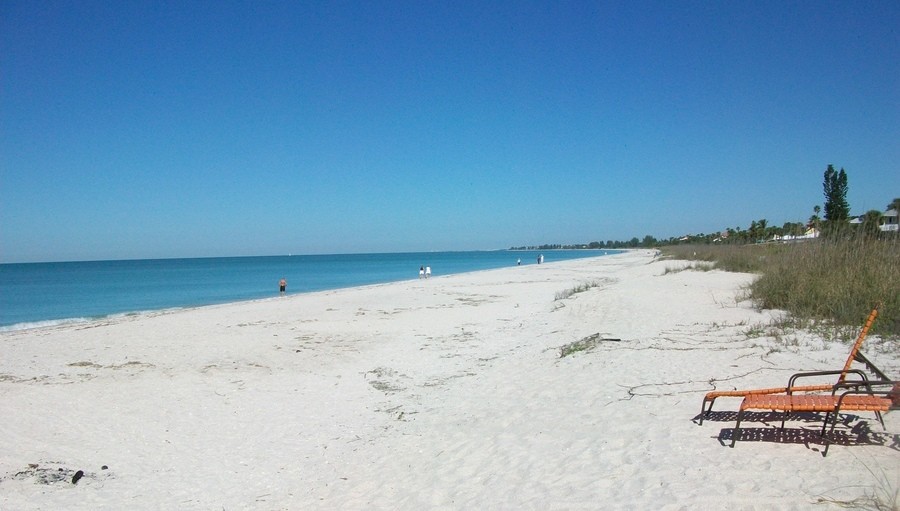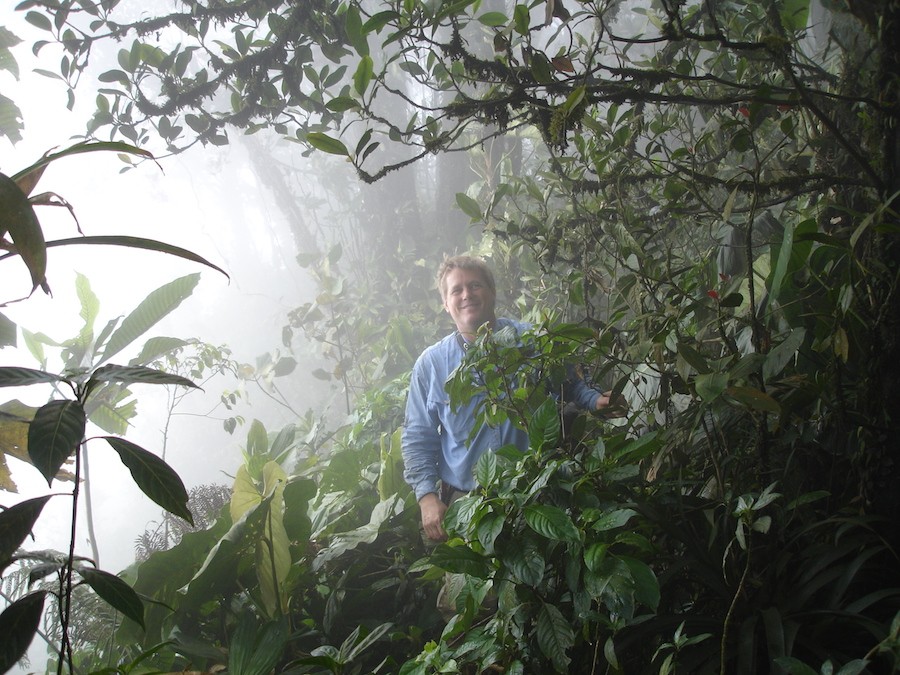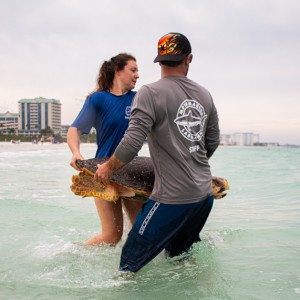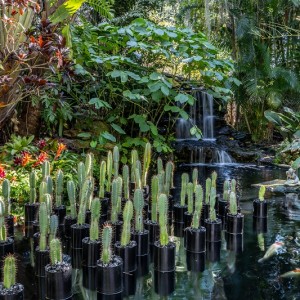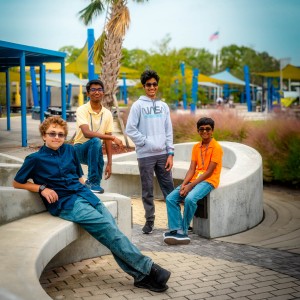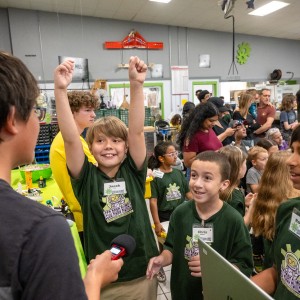Picking Plants and Taking Names
Arts & Culture
SRQ DAILY FRIDAY WEEKEND EDITION
FRIDAY SEP 9, 2016 |
BY PHILIP LEDERER
Pictured: Bruce Holst. Photo courtesy of Selby Gardens.
In the year 1800, the explorers and naturalists Alexander von Humboldt and Aimé Bonpland departed inland from the Venezuelan coast for a world little known to European eyes. The pair covered 1,725 miles of wilderness in four months, traversing the uncharted waters of the Orinoco River to what would eventually be the Rio Negro and through the discovery of the Casiquiare canal into the neighboring waterways of the Brazilian Amazon, uncovering new species of plant and animal life, documenting their observations and laying the foundation for the future of botanical geography. The Smithsonian Institution continues that mission today with an ongoing 20-year project to explore the botanical diversity of the Guyana Shield in South America, gathering botanists and taxonomists from around the world to assist in the effort, including Selby Gardens Director of Botany Bruce Holst.
Comprising Guyana, Suriname, French Guiana and portions of Venezuela, eastern Colombia and northern Brazil, the Guyana Shield holds the distinction of being rich in biodiversity, but relatively untouched—one of the last pristine forest regions in South America, according to Holst—and unexplored, covered alternately with rain forest and great flat-topped tepuis. “Because of the variety of habitats, you get a tremendous biodiversity,” says Holst. “But it’s so poorly known, biologically, so this project is really making a huge contribution to our knowledge of life on Earth, basically.”
Unlike Humboldt and Bonpland, Holst doesn’t have to go to the Amazon, instead he’s spending the first two weeks of this September at the National Museum of Natural History, where hundreds of dried and pressed specimens collected from the Guyana Shield have been sent for classification and comparison against the Museum’s collection. The specimens are housed much like those in the Selby Gardens Herbarium, he says, except there are near four million encompassing the entire fourth and fifth floors of the museum. It’s a painstaking process—comparing specimens to those held in the Smithsonian’s collection and cross-referencing defining characteristics—but the results are priceless.
“Naming plants and classifying them for science really provides the backbone of our knowledge of plant diversity and distribution,” Holst says. “That’s the key information that conservationists use, land use planners—anybody working in a natural system needs to know what’s there, how many and what’s it called.” So far Holst has already documented as many as 20 new species on his trip, he says, and will bring a few back on loan from the Smithsonian for further study when he returns.
Pictured: Bruce Holst. Photo courtesy of Selby Gardens.
« View The Friday Sep 9, 2016 SRQ Daily Edition
« Back To SRQ Daily Archive





